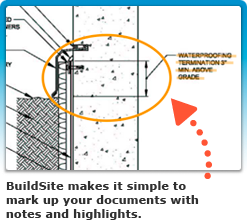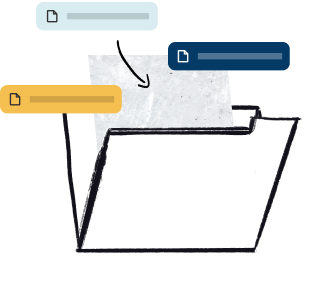Abstract
This specification covers bearings, which consist of all elastomer or of alternate laminates of elastomer and steel, when the function of the bearings is to transfer loads or accommodate relative movement between a bridge superstructure and its supporting structure, or both. The bearings are furnished in four types as follows: plain elastomeric bearing pad; plain elastomeric sandwich bearing; steel-laminated elastomeric bearing; and steel-laminated elastomeric bearing with external load plate. The elastomer for the manufacture of the bearing is furnished in two types: Type CR and Type NR. The elastomer for the manufacture of the bearing is furnished in four grades of low-temperature properties: Grade 0; Grade 2; Grade 3; and Grade 5. The elastomeric compound used in the construction of a bearing shall contain only either natural rubber or chloroprene rubber as the raw polymer. Internal steel laminates shall be of rolled mild steel. Plain bearing pads shall be molded individually, or cut from previously molded strips or slabs, or extruded and cut to length. A steel-laminated bearing or a plain sandwich bearing shall be molded as a single unit under pressure and heat. All bonding of elastomer to steel laminates and to external load plates shall be carried out during molding. Bearing compression tests, compression stiffness, visual inspection, quality control properties, shear modulus, ozone resistance, and low-temperature grade tests shall be performed to conform to the specified requirements.
This abstract is a brief summary of the referenced standard. It is informational only and not an official part of the standard; the full text of the standard itself must be referred to for its use and application. ASTM does not give any warranty express or implied or make any representation that the contents of this abstract are accurate, complete or up to date.
1. Scope
1.1 This specification covers bearings, which consist of all elastomer or of alternate laminates of elastomer and steel, when the function of the bearings is to transfer loads or accommodate relative movement between a bridge superstructure and its supporting structure, or both.
1.2 The values stated in SI units are to be regarded as the standard.
Note 1—
The words “elastomer” or “elastomeric” will be used interchangeably with the word “rubber” in this specification. 1.3 The following safety hazards caveat pertains only to the test methods portion, Section B, of this specification: This standard does not purport to address all of the safety concerns, if any, associated with its use. It is the responsibility of the user of this standard to establish appropriate safety and health practices and determine the applicability of regulatory limitations prior to use.
Reproduced, with permission, from the ASTM International website, copyright ASTM International, 100 Barr Harbor Drive, West Conshohocken, PA 19428. To purchase the complete standard, go to http://www.astm.org/.



